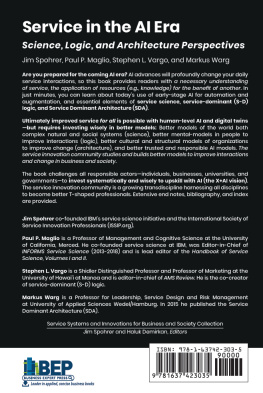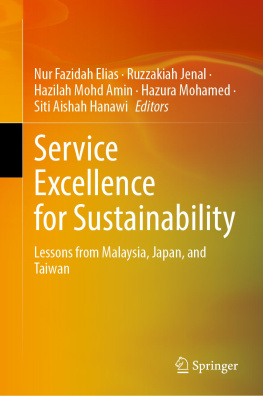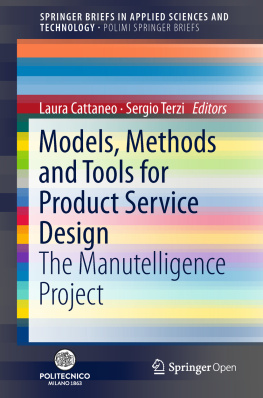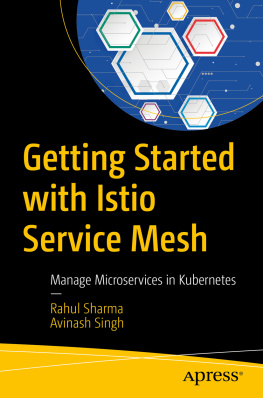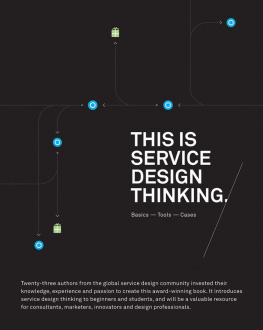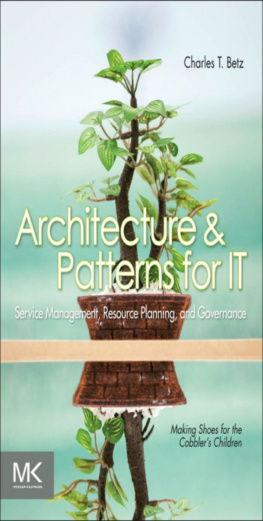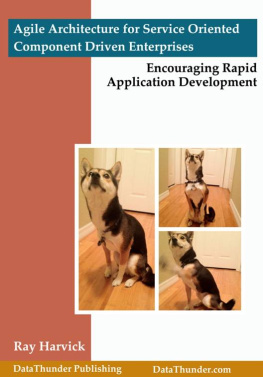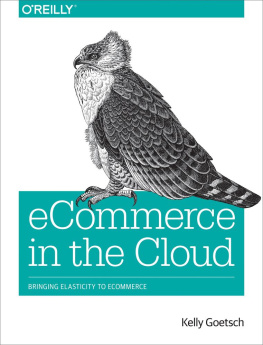Table of Contents
Guide

Service in the AI Era
Service in the AI Era
Science, Logic, and Architecture Perspectives
Jim Spohrer, Paul P. Maglio, Stephen L. Vargo, and Markus Warg

Service in the AI Era: Science, Logic, and Architecture Perspectives
Copyright Business Expert Press, LLC, 2023.
Cover design by Charlene Kronstedt
Interior design by Exeter Premedia Services Private Ltd., Chennai, India
All rights reserved. No part of this publication may be reproduced, stored in a retrieval system, or transmitted in any form or by any meanselectronic, mechanical, photocopy, recording, or any other except for brief quotations, not to exceed 400 words, without the prior permission of the publisher.
First published in 2022 by
Business Expert Press, LLC
222 East 46th Street, New York, NY 10017
www.businessexpertpress.com
ISBN-13: 978-1-63742-303-5 (paperback)
ISBN-13: 978-1-63742-304-2 (e-book)
Business Expert Press Service Systems and Innovations for Business and Society Collection
First edition: 2022
10 9 8 7 6 5 4 3 2 1
Description
Are you prepared for the coming AI era? AI advances will profoundly change your daily service interactions, so this book provides readers with a necessary understanding of service, the application of resources (e.g., knowledge) for the benefit of another. In just minutes, you can learn about todays use of early-stage AI for automation and augmentation, and essential elements of service science, service-dominant (S-D) logic, and Service Dominant Architecture (SDA).
Ultimately, improved service for all is possible with human-level AI and digital twinsbut requires investing wisely in better models: Better models of the world both complex natural and social systems (science), better mental models in people to improve interactions (logic), better cultural and structural models of organizations to improve change (architecture), and better trusted and responsible AI models. The service innovation community studies and builds better models to improve interactions and change in business and society.
The book challenges all responsible actorsindividuals, businesses, universities, and governmentsto invest systematically and wisely to upskill with AI (the X+AI vision). The service innovation community is a growing transdiscipline harnessing all disciplines to become better T-shaped professionals. Extensive end notes, bibliography, and index are provided.
Keywords
artificial intelligence; AI; service innovation; service science; service-dominant (S-D) logic; Service Dominant Architecture (SDA); digital twins; upskilling; T-shaped professionals
Contents
To our big tent service community and the International Society of Service Innovation Professionals (ISSIP.org); to scholars, educators, reflective practitioners, and all students of service, who like us find service a wonderful phenomenon that is worthy of deeper study. Special thanks to Terri Griffith, Clara Bassano, Shaun West, and other anonymous reviewers for detailed comments that helped further simplify, clarify, and connect parts of this work.
All roads lead to service. As you will see, it connects you with the world, and it is the glue that connects important concepts in business and society. Arguably, service is quickly becoming the central concept of our time, as service offerings become infused with advanced technologies like artificial intelligence (AI) and scale to new levels of quality, productivity, compliance, and sustainable innovation.
The Centrality of Service
Why is service so central to human historyso connected to every other important concept? In this short book, you will see that service is the application of resources (e.g., knowledge) for the benefit of another. Service is the basis of exchange (e.g., social, economic). Service is at the core of value cocreationwhich makes every situation more beneficial and win-win for everyone involved. Service underlies social and economic development, and the wealth of people, businesses, and nations. Simply put, service connects each of us to the world around us.
In terms of connectedness, the term service is like the actor Kevin Bacon; seemingly everything in our human world throughout history connects to service in just a few steps. In popular culture, the Kevin Bacon Game is played by movie buffs who compete to show off their knowledge of how all other actors and movies connect to Kevin Bacon in just a few steps (usually less than six to eight connections). We will show that human actors applying knowledge to help others is a central concept and connects to:
Valuewhat humans value, and the capability to make and keep promises or in more technical jargon, value propositions, when people interact and cocreate value.
Peoplephysical human actors in biological bodies filling societal roles that possess rights to access resources used in value propositions; helping and being helped by others.
Organizationsvirtual human actors with specific purposes, such as businesses, governments, universities, and all types of enterprises, with in-network/ecosystem roles and possessing access rights to resources used in value propositions.
Institutions (e.g., norms, symbols, conventions, rules)institutional arrangements (i.e., sets of interrelated institutions) are coordination mechanisms that guide actor actions and interactions.
Technologyhuman actors as tool makers, creating new resources.
Informationhuman actors as symbol makers, manipulators and communicators, keeping track of resources and promises kept and broken.
Cooperationhuman cultural evolution and prosocial capabilities to solve larger scale challenges, with networks of people, technology, organizations, and information.
Learningdevelopment of human actors capabilities to share and improve knowledge, resources, and prosocial norms; sometimes called upskilling in times of rapid change.
Knowledgehuman actors use the scientific method to create better models of the world, new resources and competencies by more deeply understanding phenomena in the world.
Resourceshow humans see and make use of the capabilities the world has to offer.
Trusthuman ability to interact responsibly with strangers in complex ways while keeping promises, and to create value propositions with win-win outcomes (or in technical jargon, nonzero-sum games).
Identityhow humans see themselves, based on memories and aspirations.
Reputationhow humans see others, based on experiences and expectations.
Modelshow humans simplify complex systems with many interacting parts that change over time, including improving AI models of the world.
Civilizationhuman history, and the growing awareness of better designed win-win (or nonzero sum) interactions, responsibly making and keeping promises.
How does service connect you to your world today? How will those connections change in the AI era? As AI accelerates scientific discoveries, new resources and new types of service are becoming possible for the first time.
The Phenomenon of Service
You depend on the existence of service as a phenomenon in the world many times every day to live comfortable and productive lives. Saying you depend on service is like saying you depend on human interaction and trusting that other people will continue to act responsibly and keep their promises. Certainly, technology failing everywhere would be bad, but service failing everywhere would be a disaster. More practically speaking, consider that from the moment you wake up and turn on the lights and use running water (utilities), travel or use smartphones (transportation and communication), make purchases (retail, finance), see a doctor (health care), learn through an online course (education), watch a movie or listen to a song (entertainment), eat at a restaurant or stay in a hotel (hospitality), or renew a drivers license (government)you depend on diverse service offerings and contribute consciously or unconsciously to the realization of their associated value propositions. All of which can be viewed as the application of resources (e.g., knowledge) that is mutually beneficial to the customer and the provider. But what about all the other

